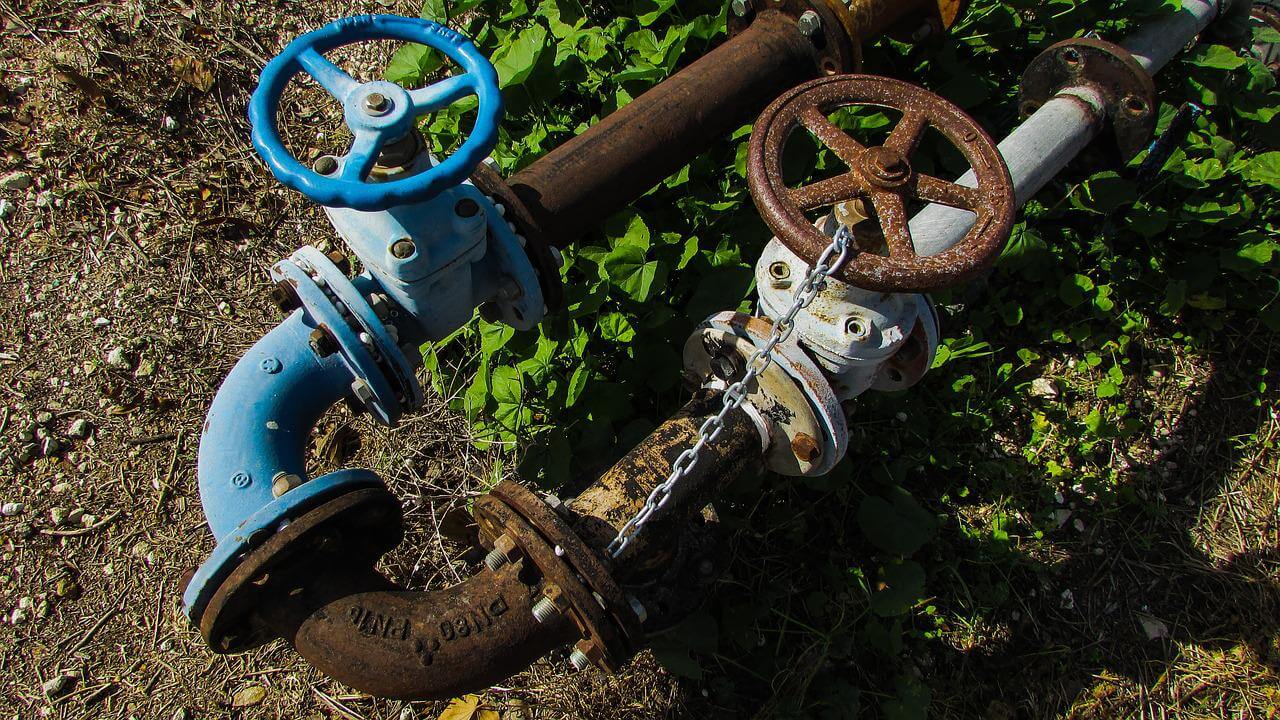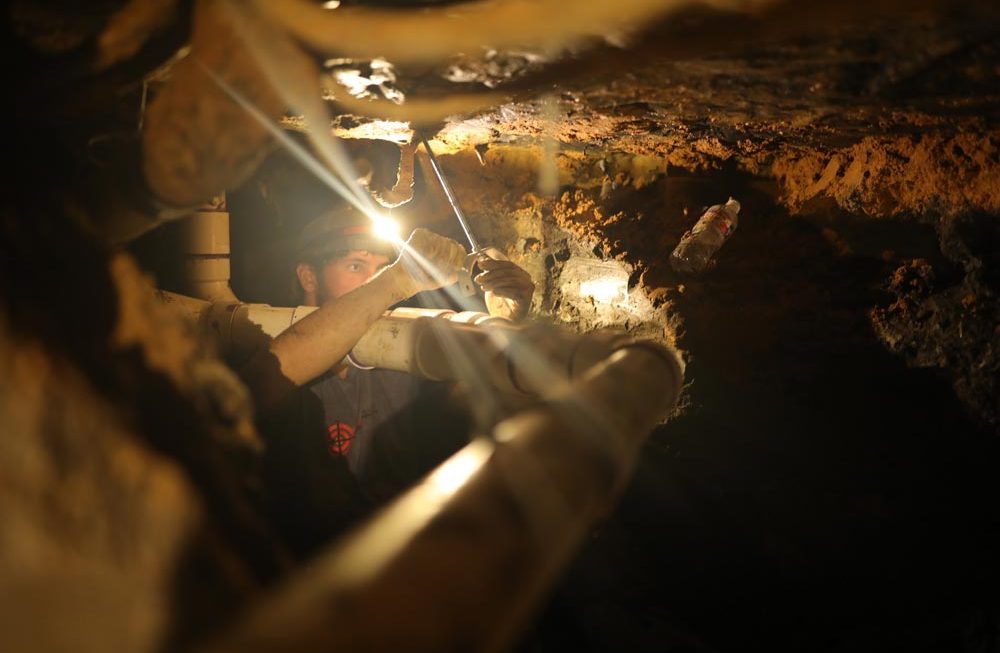In more enormous capacities, gear type actuators may be changed to manual lever or handwheel actuators, and electro-pneumatic or electric actuators can be installed for automated control. Because a valve may be incorporated into process automation control loops via mechanical actuation, valves equipped with such actuators are frequently called “control” or “flow” control valves. In hydraulic and pneumatic fluid power systems, a ram may be actuated by a “control valve,” for example. That is to say, any valve may be used as a control valve.
Needle Valves
The flow of fluids via tubes or ports is metered using needle valves. For precise flow control, the flow is controlled by inserting or withdrawing the stem from the tapered aperture into or out of the orifice. Valve type, port connections, size, and materials used to construct the body, such as the valve seal, seat, lining, and stem packing, are essential considerations.
Valves with a Pinch
Pinch Valves are mechanical devices that may regulate the flow of fluids and dry products in pipelines, respectively. Flexible tubing acts as an outlet, and air or fluid pressure applied to its outer surface causes the tube to be pressed shut, preventing the flow of liquid or gas. It is also mechanically actuatable. The valve’s size and the tube’s material are critical criteria. The only thing that comes into touch with the product in the pipe when using a pinch valve is the tube itself. Food slurries, dry goods, sand, gravel, and the like may be regulated and stopped via pinch valves.
Valves with Pistons
Mechanical devices such as piston valves regulate fluid flow via a pipe. To isolate the valve, a piston valve employs a cylindrical stopper to seal the valve. Valve size, port connections, and valve body materials are essential considerations, such as seat, seal, lining, and stem packing. When it comes to liquid systems like steam, condensate, and other fluids, piston valves are the go-to for isolation.
Plug Valves
Controlling fluid flow via a pipe is done by turning a quarter-turn valve. As opposed to a ported ball, a ported plug is used in the flow stream to restrict or allow flow in a plug valve. Port layout, port connections, and valve size are all important considerations. The materials used to construct the valve’s body and the materials used to build the valve’s seat, seal, lining, and stem packing. As control valves, plug valves are employed in the chemical process industries and in wastewater treatment facilities, such as processing plants. Lubricated plug valves inject lubricant between the plug and the valve body to function as a sealant, whereas non-lubricated plug valves use a polymeric sleeve to seal and relieve friction.
The Poppet Valves
Poppet valves are mechanical or electromechanical devices to regulate airflow to pneumatic cylinders. There is a second meaning for “poppet”: a check valve. Poppet valves, another name for engine valves, is a common euphemism. It is important to note that the valve type and the valve size are two essential characteristics. A solenoid or a pilot air supply may operate poppet valves in pneumatic systems.
Conclusion
When a valve is described as “bubble-tight,” it will not allow any liquid to flow through it. When it comes to bubble-tight valves, specific designs are more likely to be on-off than others, while others are more likely to be flow-regulated.




